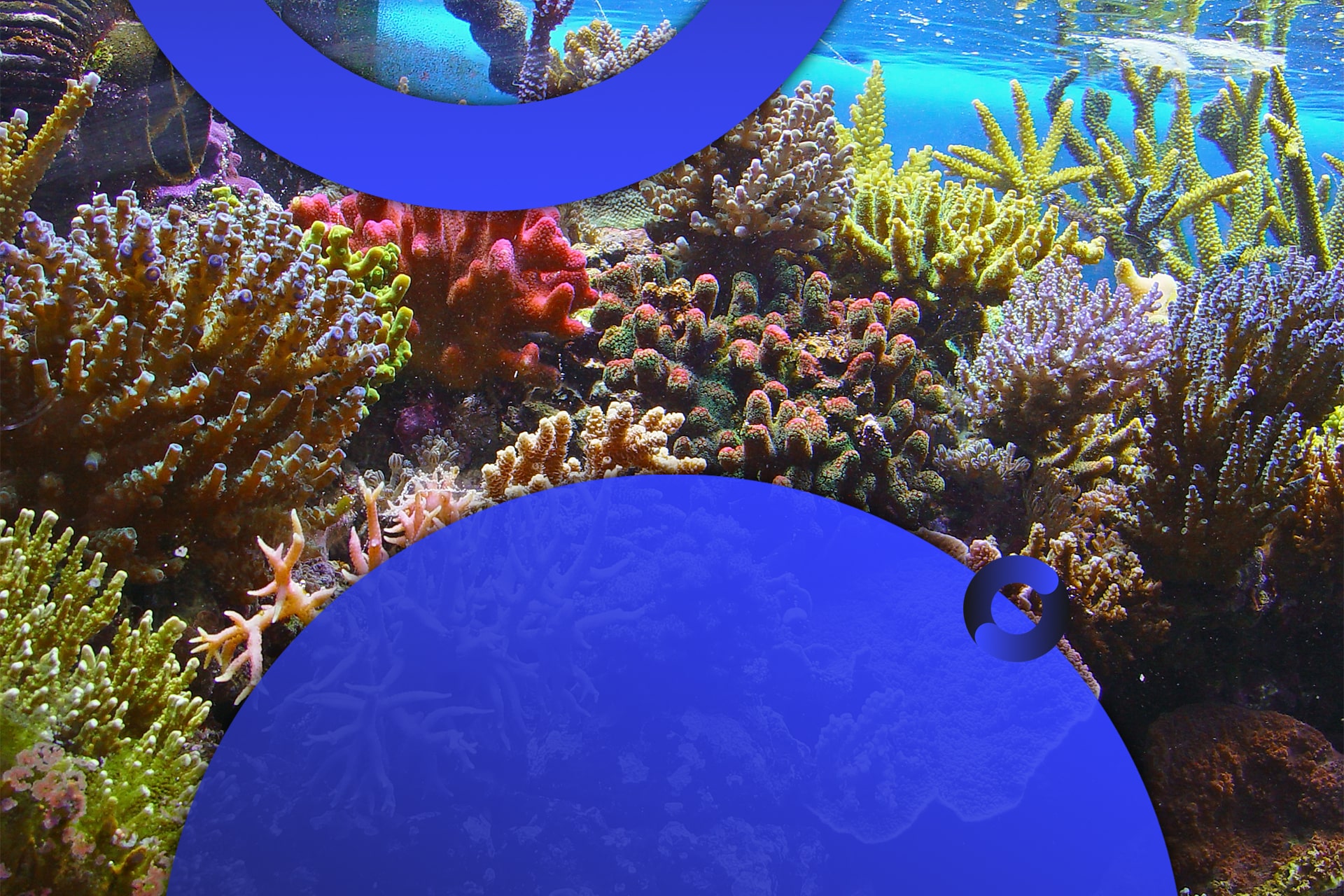



Revolutionized is reader-supported. When you buy through links on our site, we may earn an affiliate commision. Learn more here.
In honor of Earth Day, it’s important to give attention to the Great Barrier Reef. It is technically the largest living thing on Earth. Comprised of, and built by, billions of tiny organisms called coral polyps, its lush blue waters are filled with a wide range of life. It’s considered one of the seven natural wonders of the world for good reason.
Unfortunately, the Great Barrier reef is in great danger. The risks include surface runoff, crown-of-thorns starfish overpopulation (which damages the reef) and general climate change concerns. Coral bleaching is perhaps the most noticeable of the latter. Coral bleaching is a highly detrimental process that is putting the coral reef in danger The Australian Research Council is calling this “the worst mass bleaching event in its history,” because of what the northern part of the coral reef is experiencing.
Coral bleaching involves the loss of endosymbionts via destruction or loss of algal pigmentation. This greatly disrupts the reef ecosystem, which relies upon a symbiotic relationship between photosynthetic unicellular flagellate protozoa and zooxanthellae, which gives coral its color. The bleaching — caused by a variety of factors ranging from high irradiance to harmful chemicals and sediments — causes the corals to assume a lighter or white appearance, which many scientists have identified as a defense mechanism and a response to environmental stress.
Although bleached corals are able to exist, their growth is stagnant until the return of protozoa, largely vacated due to the bleaching. The causes are numerous, with several linked to the results of global warming. Specifically, fluctuating water temperatures and elevated sea levels — both caused by global warming — are two triggers of coral bleaching, as is oxygen starvation, which occurs due to overfishing, causing an increase in zooplankton levels.
The primary danger of coral bleaching is how it impacts the billions of life forms that rely on corals for nutrition. When corals become bleached, coral polyps in particular find it difficult to meet their nutritional requirements, with polyps dying if stressful environmental conditions continue to endure.
Impacting the food chain at such an important and microscopic level poses a danger to all types of species, primarily in regard to nutritional access.
Herbicides, bacterial infections and even certain sunscreens that wash off skin all contribute to coral bleaching. Since many of these issues are brought on by humans, we owe it to the world’s reefs to come together, and with a concerted human effort, attempt to put things right.
Reversing the effects of coral bleaching will require addressing many of its root causes. For example, since non-degradable materials like fertilizers, pesticides and even materials from sunscreen find their way into the reef, coral bleaching is likelier to occur. Thus, it would make sense to only wear sunscreen that promotes eco-friendly endeavors and does not use harmful toxins. Also, if common sense held sway, we’d avoid other practices as well, such as discarding trash in the reef or starting a live rock aquarium. The latter example is detrimental because rocks are becoming increasingly depleted in the reef thanks to human intervention.
Global warming has a monumental effect on coral bleaching, so continuing efforts to curb global warming can be a big step toward reversing this trend. Global climate change efforts — like the recent Paris agreement— seek to promote sustaining the Great Barrier Reef by combating climate change directly. The Great Barrier Reef remains one of the most beautiful sights in the world, in addition to one of the most vibrant and essential sources of life, but it is up to humanity as a whole to combat climate change and other detriments to its invaluable ecosystem.
Revolutionized is reader-supported. When you buy through links on our site, we may earn an affiliate commision. Learn more here.


This site uses Akismet to reduce spam. Learn how your comment data is processed.